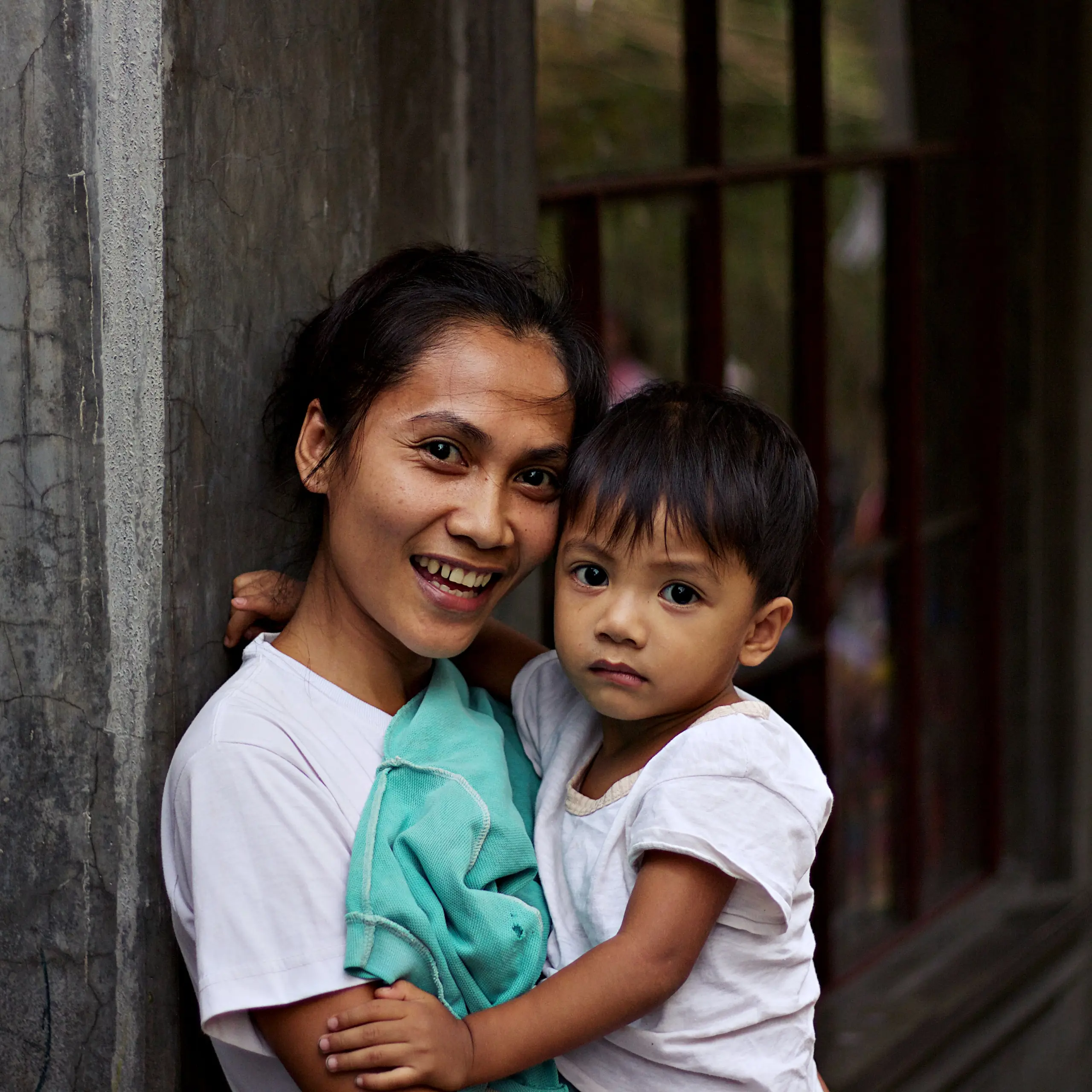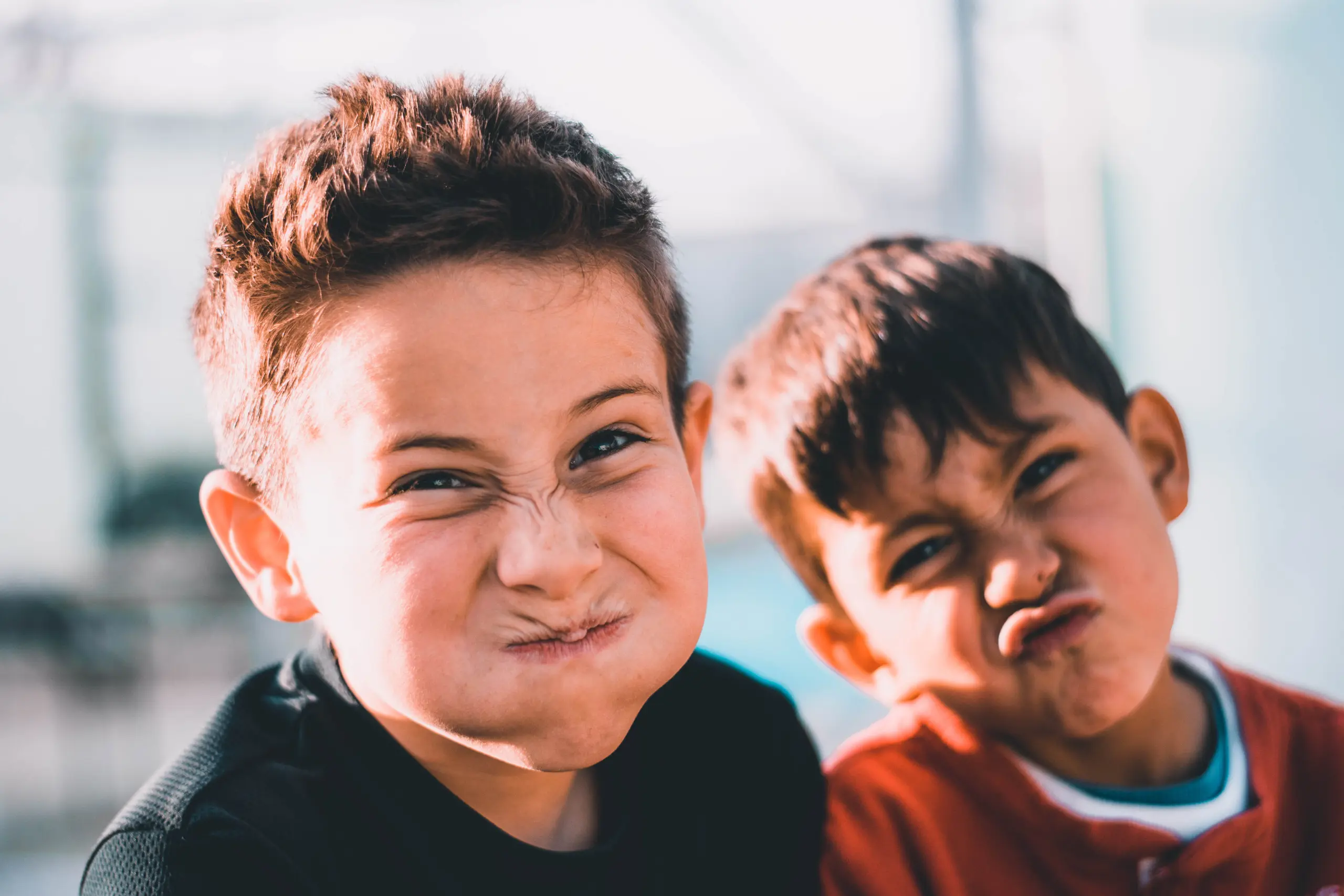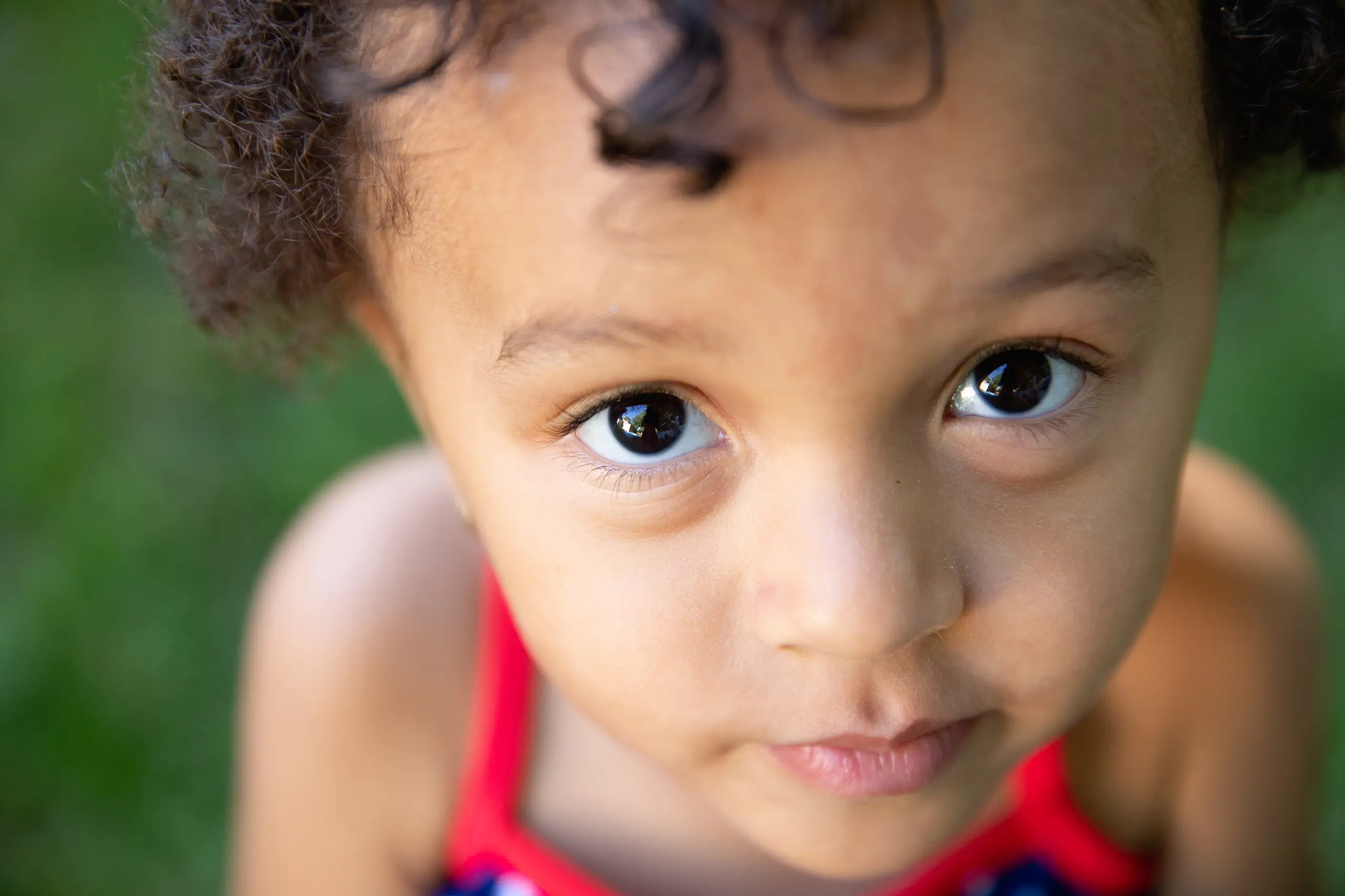4. The story behind the LEGO MRI Scanner
In 2015 Mette Sorang Kjær, Ulla Jensen and team at Odense University Hospital and LEGO Volunteer Erik Ullerlund Staehr created a LEGO model of a MRI scanner to could help medical staff prepare children for MRI examinations in Denmark. The aim was to reduce the children´s anxiety and to make their experience more playful and less scary. The MRI model is now being built on a volunteer basis by LEGO employees across the world to distribute to their local hospitals.
Almost at the same time Benjamin H. Taragin, MD - a pediatric radiologist at University Radiology Group, Rutgers University, NJ, USA as well as Assuta Hospital Ashdod, Israel, Erik Ranschaert, a radiologist and advisor in AI for radiology (Belgium), and LEGO Certified Professional Dirk Denoyelle Belgium created a similar LEGO MRI model which also has been distributed and sold around the world from 2014-2016. Their model was originally developed in conjunction with the Society of Pediatric Radiology and Children's hospital at Montefiore. Rok Zgalin Kobe, Senior Designer at the LEGO Group has been spearheading the model design and functionality adjustments of the LEGO MRI Scanner.
Fortunately, they have now all joined forces with Erik Ullerlund Staehr and the LEGO Foundation through a shared ambition to positively impact the lives of many more children by bringing the LEGO MRI Scanner and training material to more hospitals around the world. And until now the model has been used at hospitals in Denmark, Norway, USA, China and the UK.











